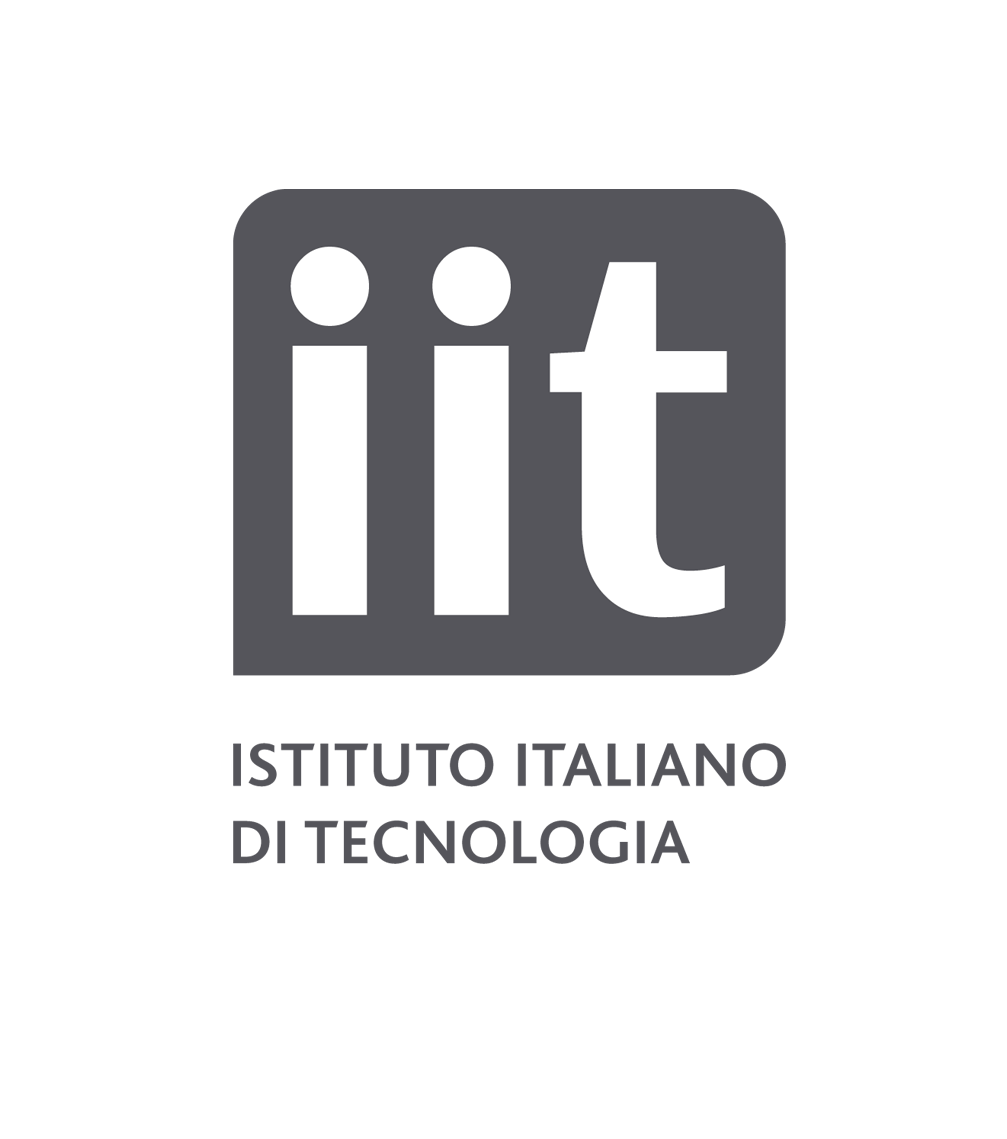Research center
CNCS@UniTn
Interests
translational imaging
fMRI
brain connectivity
autism
About
Marco Pagani is a Marie Curie Global Research Fellow at the Functional Neuroimaging Laboratory of Istituto Italiano di Tecnologia (Italy) and at the Autism Center of Child Mind Institute (New York).
His main research interest is to use magnetic resonance imaging and advanced computational methods to study the architecture of the rodent and human brain and its alterations in pathological states. By adopting translationally-relevant functional measurements, Dr. Pagani has identified network-level alterations associated to genetic causes of autism spectrum disorder in multiple mouse models. Building upon his expertise in neuroimaging, computer science and statistics, his current research aims to develop novel cross-species approaches to decompose the multilevel heterogeneity of autism into neuro-functional subtypes. During his doctoral training, he has also pioneered the use of structural covariance in small rodents leading to the identification of gray matter networks recapitulating the organization of the human brain.
Marco Pagani is author and co-author of over 30 publications in peer-reviewed scientific journals, including Brain, Journal of Neuroscience, NeuroImage and Science Advances. He has been also selected to present at Italian, US and international scientific conferences. His current research is founded by a competitive European Union grant scheme for young researchers.
Top Publications
2020
Pagani M., Bertero A., De Felice A., Locarno A., Miseviciute I., Trakoshis S., Canella C., De Guzman E., Supekar K., Menon V., Galbusera A., Tonini R., Lombardo M.V., Pasqualetti M., Gozzi A.
A cross-species link between deficient synaptic pruning and functional hyper-connectivity in autism
Annual Meeting of the International Society for Magnetic Resonance in Medicine (ISMRM)
Poster
Conference
2019
Pagani M., Bertero A., Liska A., Galbusera A., Sabbioni M., Barsotti N., Colenbier N., Marinazzo D., Scattoni M.L., Pasqualetti M., Gozzi A.
Deletion of autism risk gene shank3 disrupts prefrontal connectivity
Journal of Neuroscience, vol. 39, (no. 27), pp. 5299-5310
2016
Pagani M., Bifone A., Gozzi A.
Structural covariance networks in the mouse brain
NeuroImage, vol. 129, pp. 55-63
All Publications
2024
Pagani M., Zerbi V., Galbusera A., Wenderoth N., Lombardo M., Milham M., Di Martino A., Gozzi A.
Cross-species fMRI reveals transcriptomically and behaviorally-dissociable autism neurosubtypes
Annual Meeting of the International Society for Magnetic Resonance in Medicine (ISMRM)
Poster
Conference
2024
Gini S., Alvino F.G., Minetti A., Sastre-Yagüe D., Schleifer C., Stuefer A., Pagani M., Montani C., Galbusera A., Papaleo F., Lombardo M., Pasqualetti M., Bearden C., Gozzi A.
Synaptic-related developmental dysconnectivity in 22q11.2 deletion syndrome
Organization for Human Brain Mapping
Poster
Conference
2023
Awad P.N., Zerbi V., Johnson-Venkatesh E.M., Damiani F., Pagani M., Markicevic M., Nickles S., Gozzi A., Umemori H., Fagiolini M.
CDKL5 sculpts functional callosal connectivity to promote cognitive flexibility
Molecular Psychiatry
2023
Dautan D., Monai A., Maltese F., Chang X., Molent C., Mauro D., Galbusera A., Vecchia D., Antonelli F., Benedetti A., Drago F., Leggio G.M., Pagani M., Fellin T., Gozzi A., Schumann G., Managò F., Papaleo F.
Cortico-Cortical Transfer of Socially Derived Information Gates Emotion Discrimination
Nature Neuroscience
Article in Press
Journal
2023
Pagani M., Zerbi V., Galbusera A., Wenderoth N., Lombardo M., Milham M., Di Martino A., Gozzi A.
Cross-species fMRI reveals transcriptomically and behaviorallydissociable autism neurosubtypes
OHBM ANNUAL MEETING
Poster
Conference
Colleagues of Functional Neuroimaging
